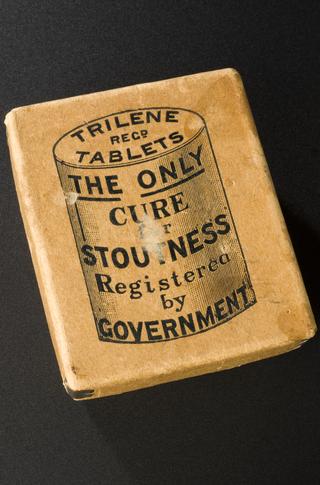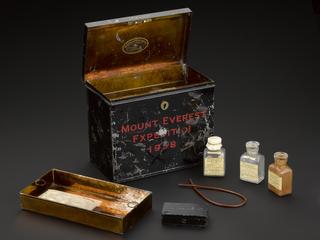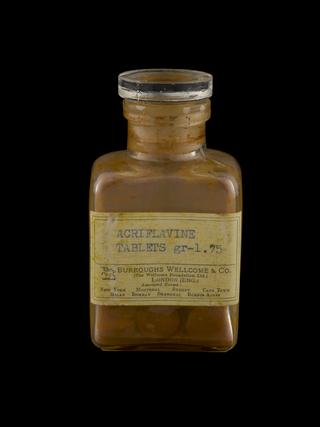
















Bag of `Omohukyi' plant, lantana salvifolia, Uganda, collected 1919
What makes this bag so special? At first glance it looks quite ordinary, but closer inspection reveals it to be covered with information. It also carries a neatly written label which tells us that it contains ‘Oumuzhuma‘, a herb used in traditional Ugandan medicine for treating fevers. It is one of many thousands of samples which collector Henry Wellcome asked explorers, missionaries and colonists to send back to his headquarters in London.
What was he looking for? While he had an interest in different medical traditions, he was particularly focused on materia medica. That is, the materials, especially plants and herbs, used as the basis for medicines. Big pharmaceutical companies like his would examine traditional remedies to try and see if they had active chemical properties which could be isolated and reproduced. Important medicines, such as quinine for malaria, had already been developed this way.
It doesn't seem that Wellcome's team ultimately did any research into ‘Oumuzhuma ‘. The bag looks as though it has never been untied. But the practice of searching the world for active medicines belonging to different traditions continues and is now known as bio-prospecting. Pharmaceutical companies are actively testing many traditional remedies and plants. But if they succeed in developing a new pharmaceutical medicine, who should benefit from this success? Developing and testing a new drug can cost millions of pounds. But what about the traditional users? Should their rights to benefit from developments based on their knowledge be protected as well?
Details
- Category:
- Materia Medica & Pharmacology
- Collection:
- Sir Henry Wellcome's Museum Collection
- Object Number:
- A665335
- Materials:
- bag, linen
- type:
- bag - container

